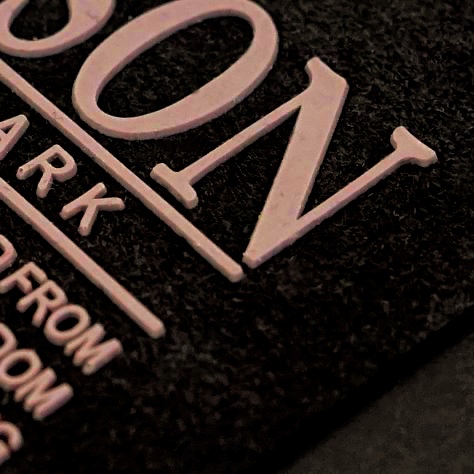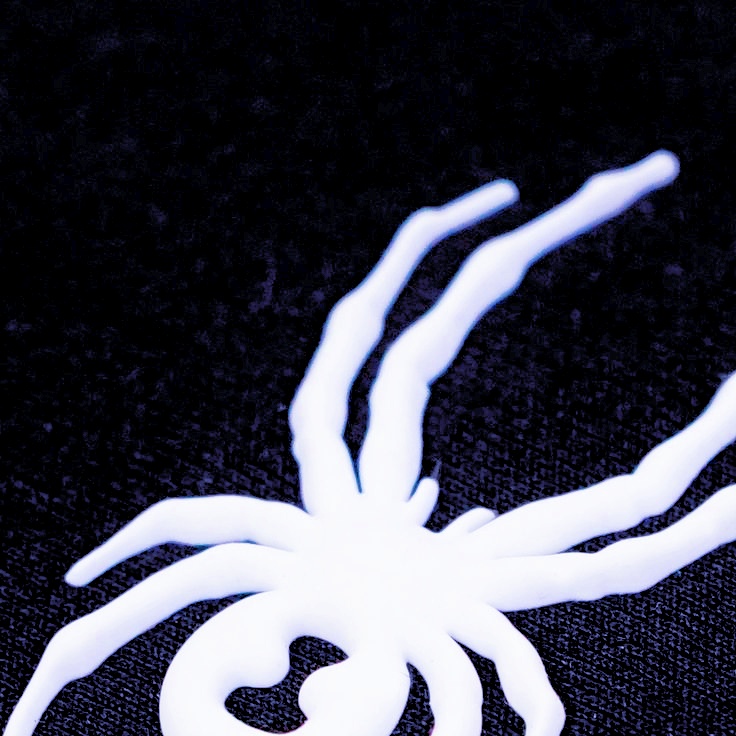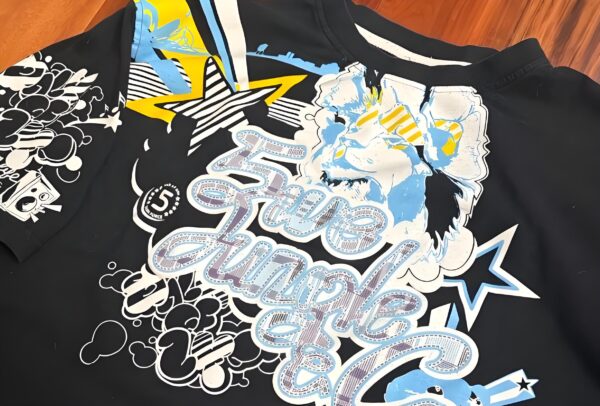Conclusion
Heat transfer silicone is a versatile and durable method for creating custom designs, logos, and labels on a variety of garments and products. With options like 3D silicone heat transfer, custom silicone heat transfer, and heat transfer silicone labels, businesses can achieve vibrant, high-quality prints that last. While it requires careful application and equipment, the benefits of silicone heat transfers—such as flexibility, durability, and vibrant colors—make it a preferred choice in the apparel industry. By understanding the process and choosing the right silicone heat transfer products, you can elevate your branding and product appeal with professional-grade finishes.

Does Silicone Transfer Heat? Exploring Silicone Heat Transfer for Custom Applications
Silicone has become a popular material in the garment and promotional product industries, particularly for its application in heat transfers. But how effective is silicone in transferring heat? In this article, we will delve into the properties of heat transfer silicone, its uses, and the benefits it provides for creating high-quality, durable designs on clothing and other products.
What is Silicone Heat Transfer?
heat transfer silicone is a process that uses silicone as a medium to apply designs, logos, labels, or graphics onto fabrics. This process has gained popularity due to its ability to create 3D effects, vibrant colors, and durable prints on clothing and other materials. The process involves using heat transfer silicone paper or sheets, along with heat and pressure, to adhere the silicone design to the fabric.
How Does Silicone Heat Transfer Work?
The silicone heat transfer process typically involves using a heat transfer silicone label or logo created from silicone ink or rubber. The silicone design is first prepared and placed onto the fabric, then pressure and heat are applied using a silicone heat transfer label machine. The heat activates the adhesive properties of the silicone, allowing it to bond securely with the garment or product surface.
Advantages of Silicone Heat Transfer
Silicone heat transfer is widely appreciated for its benefits, which include:
- Durability: Silicone heat transfer labels are known for their long-lasting qualities, withstanding multiple washes without peeling, cracking, or fading. This durability makes silicone transfers an ideal choice for activewear, sports uniforms, and workwear.
- Flexibility: Silicone has an elastic nature, allowing silicone heat transfer labels to stretch with the fabric. This flexibility ensures the design remains intact even on stretchy materials, such as spandex or polyester.
- Vibrant Colors and 3D Effects: 3D silicone heat transfer labels provide a raised, three-dimensional appearance that gives garments a premium, high-quality look. The silicone’s ability to hold vivid colors also adds to the overall appeal of the design.
- Eco-Friendly: Silicone transfers are free from PVC and phthalates, making them a more environmentally friendly option compared to other transfer materials like plastisol.
Exploring Different Types of Silicone Heat Transfers
Silicone heat transfer comes in various forms, each serving different purposes. Here are some popular types used in the industry:

1. 3D Silicone Heat Transfer Labels
3D silicone heat transfer labels are designed to create a raised, three-dimensional effect on garments. These labels are particularly popular for sportswear, jackets, and high-end fashion items, where a textured, eye-catching logo or design is desired. The 3D effect adds a sense of depth and luxury to the apparel, making it more appealing to customers.
2. Silicone Heat Transfer Sheets
Silicone heat transfer sheets are pre-printed sheets that contain the silicone design. These sheets can be customized with various logos, graphics, or patterns, and are then applied to the garment using a heat press. The heat transfer silicone sheet allows for easy application and is suitable for both small-scale and mass production.
3. Heat Transfer Silicone Labels
Heat transfer silicone labels are often used in branding clothing, accessories, or promotional products. These labels are created using silicone ink, which is known for its flexibility, durability, and vibrant colors. Heat transfer on silicone allows for a sleek, professional finish that adheres well to various fabric types, including cotton, polyester, and blends.
4. Custom Silicone Heat Transfers
Custom silicone heat transfer designs are tailored to meet specific branding or design requirements. They can be made in various shapes, sizes, colors, and effects, including matte, glossy, or metallic finishes. Customization makes silicone heat transfers ideal for businesses seeking unique logos, labels, or emblems that stand out on their products.
5. Silicone Rubber Heat Transfers
3D silicone rubber heat transfer uses a silicone-based rubber to create a raised design on the fabric. This method is particularly useful for creating logos or text with a tactile, rubbery feel. The silicone heat transfer logo created with this method is durable, flexible, and resistant to fading or cracking, making it perfect for sportswear, bags, and outdoor gear.
The Heat Transfer Process: How to Apply Silicone Transfers
Applying silicone heat transfer designs involves using heat and pressure to adhere the silicone label or design to the fabric. Here’s a step-by-step guide to the process:
Step 1: Preparing the Design
The first step in the silicone heat transfer process is preparing the design. This can involve creating a custom silicone heat transfer logo or graphic using silicone ink or rubber. The design is then printed onto a heat transfer silicone paper or sheet.
Step 2: Positioning the Transfer
Once the design is ready, position the heat transfer silicone label onto the garment in the desired location. Ensure that the transfer sheet is aligned correctly to avoid any distortions or misprints.
Step 3: Using the Silicone Heat Transfer Label Machine
A silicone heat transfer label machine is used to apply the necessary heat and pressure to bond the silicone design to the fabric. The machine typically operates at a temperature of around 300°F (150°C) to 330°F (165°C), with a pressure setting suitable for the type of fabric.
Step 4: Applying Heat and Pressure
Once the heat transfer silicone is in place, the heat press is activated. The combination of heat and pressure allows the silicone to bond securely with the garment’s fibers, ensuring a long-lasting print.
Step 5: Removing the Transfer Sheet
After applying the heat, carefully peel away the heat transfer silicone sheet or paper while it’s still warm. This step reveals the final design, now permanently adhered to the garment.
Benefits of Using Silicone Heat Transfers for Clothing

Silicone heat transfer clothing is widely used in the textile and apparel industry due to its numerous advantages. Here are some reasons why businesses prefer silicone transfers for their products:
1. Superior Durability
One of the key benefits of heat transfer silicone is its durability. Silicone transfers are known to withstand multiple washes without fading, cracking, or peeling. This makes them an excellent choice for sportswear, outdoor clothing, and work uniforms that require frequent washing.
2. Stretch and Flexibility
Silicone is inherently flexible, allowing heat transfer silicone designs to stretch with the fabric. This feature is particularly beneficial for activewear and garments made from elastic materials. The transfer moves with the fabric, ensuring the design remains intact and retains its original shape.
3. Vibrant Colors and Customization
Silicone heat transfer labels can hold vibrant colors, giving them a visually striking appearance on clothing. Additionally, silicone transfers can be customized in various finishes, such as matte, glossy, or metallic, allowing for a unique look tailored to a brand’s requirements.
4. Comfortable Feel
Silicone transfers offer a soft, smooth finish that is comfortable against the skin. Unlike some traditional screen printing methods that can leave a stiff, plasticky feel, heat transfer silicone blends seamlessly with the fabric, enhancing the wearability of the garment.
Considerations When Using Silicone Heat Transfers
While heat transfer silicone offers many benefits, there are a few considerations to keep in mind when using this technique:
1. Heat Press Requirements
Applying silicone transfers requires a heat press machine capable of maintaining consistent temperatures and pressure. Ensure that your equipment is suitable for working with silicone heat transfer labels to achieve the best results.
2. Fabric Compatibility
Silicone transfers adhere best to certain fabric types, such as cotton, polyester, and blends. Always test the transfer on a sample fabric to ensure compatibility and adherence before committing to a full production run.
3. Proper Storage
Proper storage of heat transfer silicone paper and sheets is essential to maintain the quality of the transfers. Store them in a cool, dry place, away from direct sunlight, to prevent any degradation or loss of adhesive properties.








